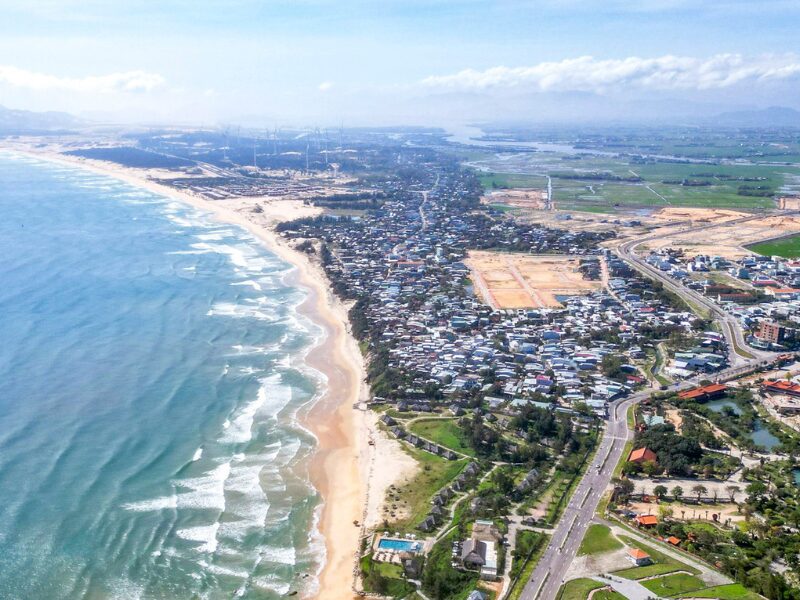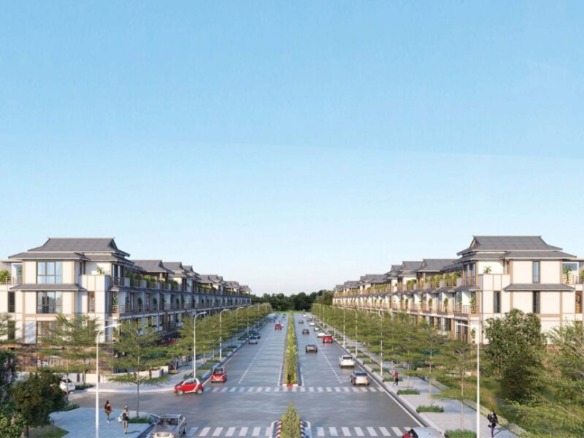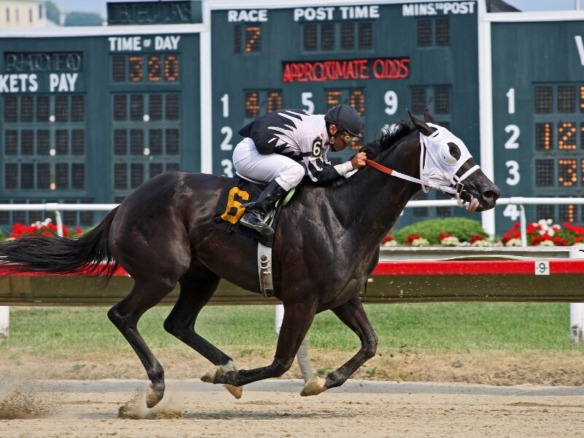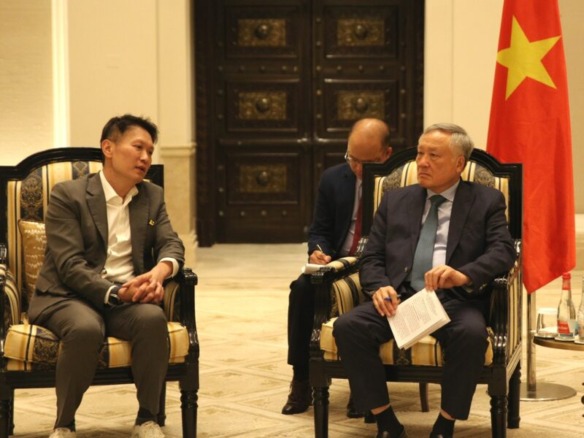Contents
Gia Lai Real Estate Project has been officially approved by the provincial authorities, marking a significant milestone in Vietnam’s expanding property sector. This ambitious development, valued at over 1,800 billion VND (approximately $72 million USD), spans 15.15 hectares in Cát Tiến Commune. For foreign investors eyeing Vietnam’s real estate, this project highlights emerging opportunities in the Central Highlands region. Additionally, it aligns with the country’s broader urbanization trends.
The approval comes at a time when Vietnam’s property market is experiencing robust growth. Recent data shows apartment prices in major cities like Hanoi surging by 29.6% in the first quarter of 2025. However, projects like this in less saturated areas offer potentially higher returns with lower entry barriers.
Overview of the Gia Lai Real Estate Project
The Gia Lai Real Estate Project aims to create a modern residential area with diverse housing options. It combines low-density living with commercial and service facilities available for sale, rental, or lease-to-own. Moreover, the development focuses on synchronous technical and social infrastructure to serve both residents and nearby communities.
This initiative seeks to boost land use efficiency while meeting demands for settlement, shopping, and entertainment. In fact, it promises a civilized environment with clean landscapes, modern amenities, and enhanced quality of life. As a result, it could attract families and professionals seeking affordable yet upscale options outside urban hubs.
Detailed Specifications of the Gia Lai Real Estate Project
The project includes residential zones, commercial areas, social infrastructure, technical systems, and transportation networks. Residential land totals 61,918 square meters, divided into 312 lots. Here are key highlights:
- Attached housing: 29,650 square meters for 196 lots, with up to 90% construction density and a maximum of 4 floors.
- Villas: 32,268 square meters for 116 lots, with up to 65% construction density and a maximum of 4 floors.
Overall, it will deliver 196 attached houses and 116 villas. These specifications ensure low-density design, promoting spacious and green living spaces. Furthermore, the 50-year operational timeline provides long-term stability for investors.
Investment and Selection Process
The preliminary total investment for the Gia Lai Real Estate Project exceeds 1,800 billion VND. Investor selection will occur through a land use rights auction, ensuring transparency and competition. Provincial leaders, including Vice Chairman Nguyễn Tuấn Thanh, have directed agencies to handle compensation, resettlement, and auction procedures promptly.
Departments such as Finance, Construction, and Natural Resources are overseeing compliance with national defense and security regulations. Consequently, the winning investor must adhere to the approved 1/500 detailed construction plan. This structured approach minimizes risks and aligns with Vietnam’s investment laws.
Market Analysis and Opportunities for Foreign Investors
Vietnam’s real estate market is poised for strong growth in 2025, driven by infrastructure expansion and rising middle-class demand. Foreign direct investment (FDI) in the sector has shown positive signals, with inflows increasing amid policy enhancements. For instance, the Asia Pacific region saw an 18% year-over-year rise in investment volumes in the first half of 2025.
In Gia Lai, an emerging province, this project could capitalize on the Central Highlands’ untapped potential. Experts predict annual market growth of up to 15% nationwide, making it attractive for international portfolios. However, investors should note regional variations; while Hanoi prices hit $2,865 per square meter, Gia Lai offers more competitive valuations.
Opportunities include:
- Diversification beyond Hanoi and Ho Chi Minh City.
- Benefits from Vietnam’s amended Land Law, easing foreign ownership.
- Potential for rental yields in growing tourism areas.
Future Implications for Regional Development
The Gia Lai Real Estate Project not only enhances local infrastructure but also contributes to sustainable urban planning. By creating green, amenity-rich spaces, it supports Vietnam’s goals for balanced regional growth. Looking ahead, similar approvals could spur more FDI, especially as the market recovers from global economic shifts.
In summary, this development represents a gateway for foreign investors into Vietnam’s dynamic real estate landscape. With careful due diligence, it promises solid returns in an evolving market.





Join The Discussion